Netflix, the world’s leading streaming platform, offers an extensive library of films across all genres. But for those who crave suspense, thrill, and the adrenaline rush that comes with a good scare, it is the platform’s collection of horror movies that truly stands out.
Ranging from supernatural thrillers to psychological dramas and gruesome slashers, Netflix has become a premier destination for horror enthusiasts.
The horror genre has been around nearly as long as cinema itself, constantly evolving to reflect societal fears and anxieties.
In recent years, this genre has seen a resurgence, with a new generation of filmmakers experimenting with innovative storytelling techniques, pushing the boundaries of what horror can be. Netflix, with its commitment to diverse and quality content, has embraced this evolution, offering both time-tested classics and contemporary gems.
Best Horror Movies On Netflix
The following list introduces some of the finest horror films available on the platform. Each film, with its unique blend of scares, suspense, and storytelling, exemplifies the best of what the genre has to offer.
From spine-chilling supernatural tales to nerve-wracking psychological thrillers, these films are guaranteed to keep you on the edge of your seat. So, dim the lights, grab a blanket, and prepare yourself for a cinematic journey into the terrifying world of horror on Netflix.
The Witch (2015)
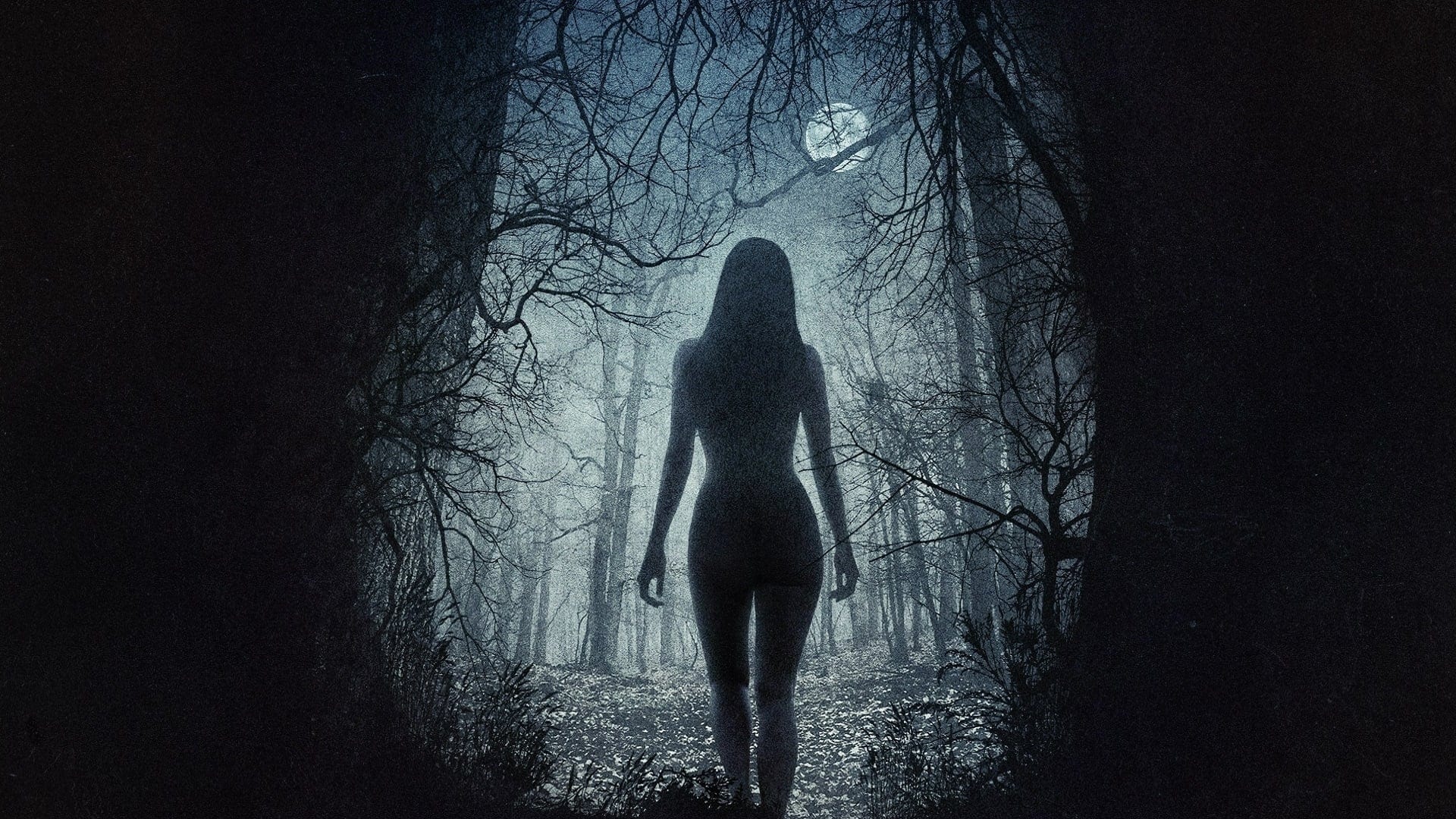
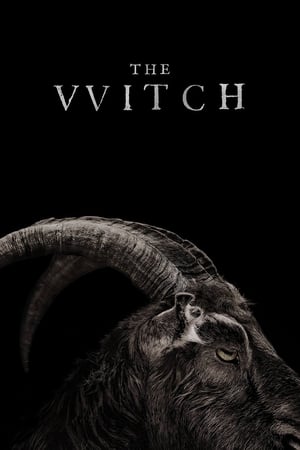
The Witch
Evil takes many forms.
2016 • 1h 32min • ★ 6.99/10 • Brazil
Directed by: Robert Eggers
Cast: Anya Taylor-Joy, Ralph Ineson, Kate Dickie, Harvey Scrimshaw, Ellie Grainger
In 1630, a farmer relocates his family to a remote plot of land on the edge of a forest where strange, unsettling things happen. With suspicion and paranoia mounting, each family member's faith, loyalty and love are tested in shocking ways.
“The Witch” is a supernatural horror film released in 2015. It was written and directed by Robert Eggers and marked his directorial debut. The film is set in 17th-century New England and tells the story of a Puritan family who encounters supernatural forces in the wilderness.
Synopsis: “The Witch” follows the story of the devoutly religious family of William and Katherine, who are banished from their plantation due to a religious disagreement. They settle on the edge of a forest, where they build their own farm and begin their new life. Shortly after their arrival, their infant son Samuel mysteriously disappears while under the watch of their eldest daughter, Thomasin. The family blames Thomasin for Samuel’s disappearance, suspecting her of witchcraft.
As unsettling events continue to occur, suspicion and paranoia grip the family. Thomasin’s relationship with her younger siblings becomes strained, and her mother Katherine starts exhibiting erratic behavior. The family’s isolation in the wilderness fuels their fear, leading to escalating tension and a descent into madness.
Themes: “The Witch” explores themes of religious fanaticism, the breakdown of family dynamics, and the fear of the unknown. It delves into the anxieties and superstitions prevalent during the historical period of witch trials and emphasizes the oppressive nature of religious beliefs and social isolation.
Reception: “The Witch” received critical acclaim for its atmospheric tension, strong performances, and meticulous attention to detail in recreating the period setting. However, it also divided audiences due to its slow pacing and unconventional narrative. The film’s unsettling atmosphere and its exploration of psychological horror earned it a reputation as a modern cult classic in the horror genre.
Overall, “The Witch” is a thought-provoking and unsettling horror film that delves into the darkness of human nature and the supernatural. Its emphasis on atmosphere and psychological terror distinguishes it from more traditional horror movies, making it a unique and memorable viewing experience for fans of the genre.
The Babadook (2014)
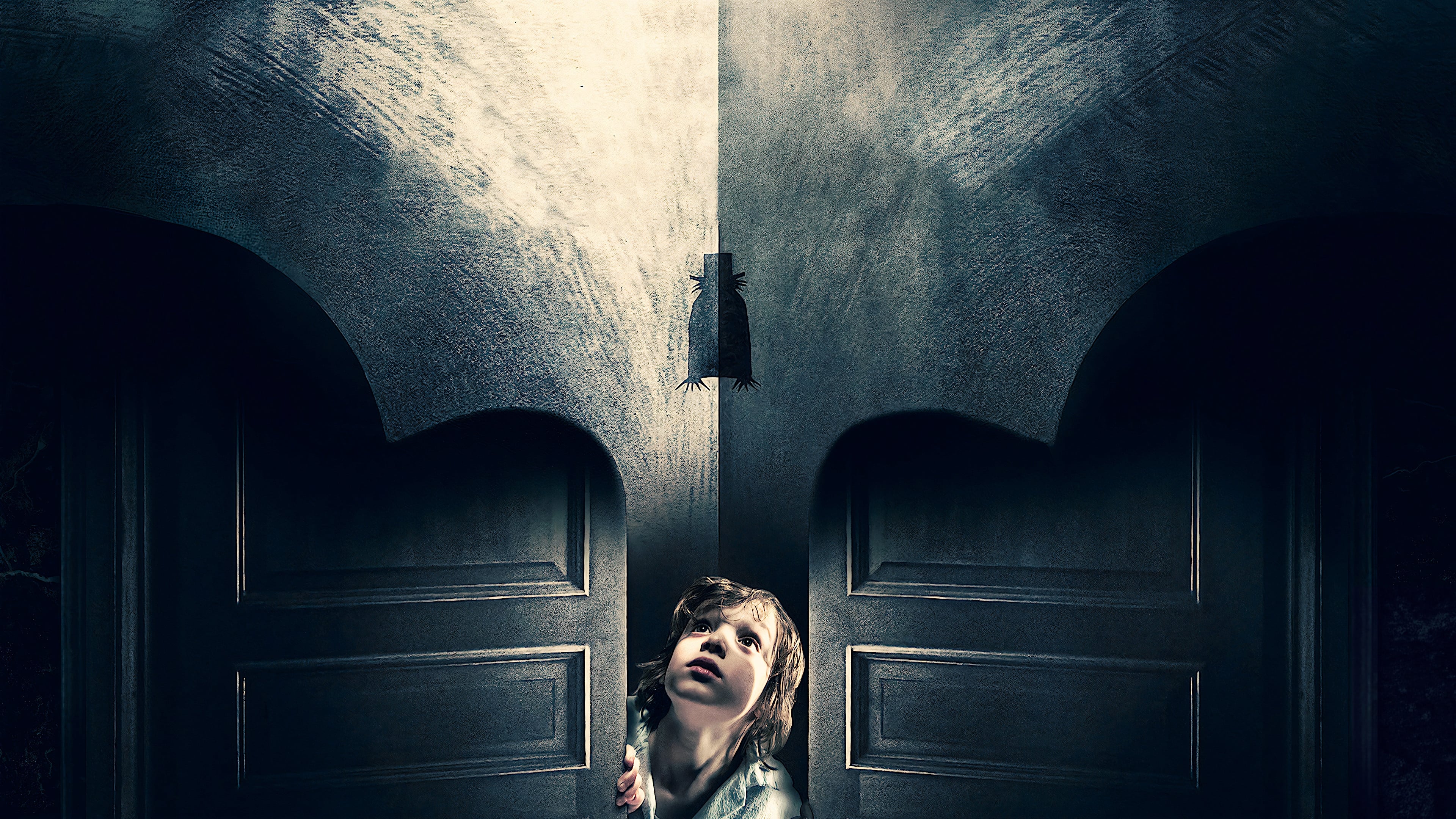
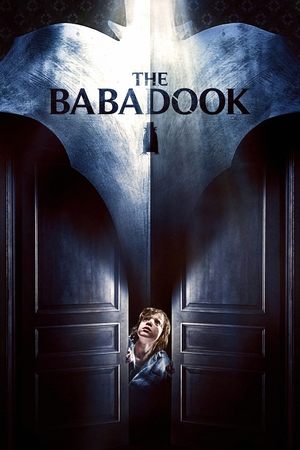
The Babadook
If it's in a word, or it's in a look, you can't get rid of... the Babadook.
2014 • 1h 34min • ★ 6.523/10 • Australia
Directed by: Jennifer Kent
Cast: Essie Davis, Noah Wiseman, Hayley McElhinney, Daniel Henshall, Barbara West
A single mother, plagued by the violent death of her husband, battles with her son's fear of a monster lurking in the house, but soon discovers a sinister presence all around her.
“The Babadook” is a psychological horror film released in 2014. It was written and directed by Jennifer Kent and marked her directorial debut. The film gained significant critical acclaim for its unique approach to horror and exploration of complex themes.
Synopsis: “The Babadook” revolves around the story of Amelia Vanek, a single mother struggling to raise her young son, Samuel, following the tragic death of her husband. Samuel becomes fixated on a mysterious children’s book titled “Mister Babadook,” which appears in their home one night. The book tells the story of a supernatural entity called the Babadook, who torments and possesses those who become aware of its existence.
As Amelia and Samuel’s lives are increasingly affected by the malevolent presence of the Babadook, Amelia’s mental state deteriorates. The line between reality and the supernatural blurs as she grapples with her own inner demons. The film explores the themes of grief, trauma, motherhood, and the destructive power of repressed emotions.
Themes: “The Babadook” delves into themes of grief and loss, portraying the psychological impact of unresolved trauma. It explores the idea of the Babadook as a manifestation of Amelia’s grief and repressed emotions, which consume her and threaten her sanity. The film also examines the challenges of single motherhood, the strain it puts on relationships, and the lengths a mother would go to protect her child.
Reception: “The Babadook” received widespread critical acclaim for its atmospheric tension, exceptional performances, and its exploration of complex themes. It was praised for its psychological depth and its ability to create genuine scares without relying on cheap jump scares or excessive gore. The film’s originality and thought-provoking narrative propelled it to become a highly regarded entry in the horror genre.
“The Babadook” has gained a dedicated cult following and is often cited as one of the best horror films of the 2010s. It has been praised for its effective use of symbolism, its nuanced portrayal of mental health, and its ability to resonate with audiences on a deeper emotional level.
Overall, “The Babadook” is a haunting and psychologically intense horror film that explores themes of grief, trauma, and the complexities of motherhood. It stands out for its atmospheric storytelling and thought-provoking examination of the human psyche, making it a significant contribution to the genre.
The Conjuring (2013)
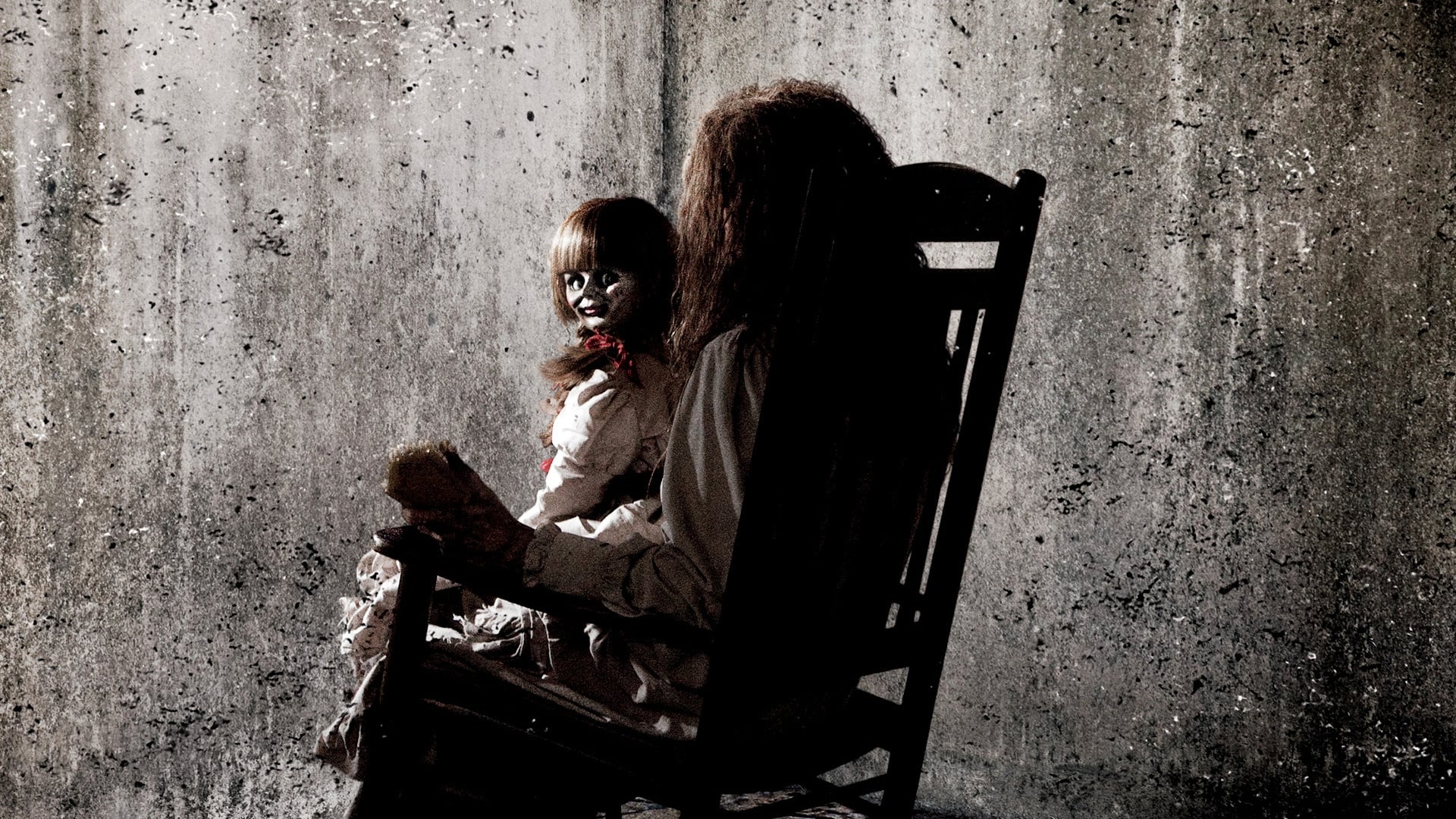
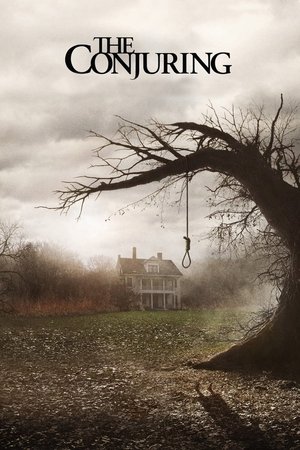
The Conjuring
Based on the true case files of the Warrens.
2013 • 1h 52min • ★ 7.539/10 • United States of America
Directed by: James Wan
Cast: Patrick Wilson, Vera Farmiga, Lili Taylor, Ron Livingston, Mackenzie Foy
Paranormal investigators Ed and Lorraine Warren work to help a family terrorized by a dark presence in their farmhouse. Forced to confront a powerful entity, the Warrens find themselves caught in the most terrifying case of their lives.
“The Conjuring” is a supernatural horror film released in 2013. Directed by James Wan and written by Chad Hayes and Carey W. Hayes, the film is based on the real-life paranormal investigations of Ed and Lorraine Warren, a renowned husband-and-wife team of paranormal investigators. The film serves as the first installment in “The Conjuring” film series.
Synopsis: “The Conjuring” is set in 1971 and follows the story of the Perron family, consisting of parents Roger and Carolyn and their five daughters. The family moves into a secluded farmhouse in Rhode Island, unaware of its dark history. Soon after settling in, they start experiencing a series of disturbing and increasingly sinister supernatural events. Faced with their escalating terror, the Perrons seek the help of the Warrens, who are experts in the field of paranormal investigations.
If you like ‘s performances, on our sister site AuteurGraph we have a profile page, a visual film timeline, and a ratings page that gives a tonne of info and data about their career in a visualized form.
Ed and Lorraine Warren investigate the Perron family’s home and uncover a malevolent presence that has taken hold of the house. As the Warrens delve deeper into the haunting, they discover a connection to a witch who lived on the property centuries ago and a demonic force that poses a grave threat to the Perrons’ lives. The Warrens must confront this malevolent entity and find a way to save the family from its clutches.
Themes: “The Conjuring” explores themes of supernatural evil, demonic possession, and the power of faith. It examines the vulnerability of families and the lengths they are willing to go to protect their loved ones. The film also touches upon the dangers of dabbling in the occult and the consequences of disturbing ancient spirits.
Reception: “The Conjuring” was a critical and commercial success, earning praise for its effective scares, atmospheric tension, and strong performances. It was lauded for its ability to revive classic horror tropes and create a sense of dread through its well-crafted storytelling. The film’s success led to the development of a franchise that includes multiple sequels, spin-offs, and a shared universe known as “The Conjuring Universe.”
Audiences embraced “The Conjuring” for its nostalgic homage to classic horror films and its ability to deliver genuine scares. It became one of the highest-grossing horror films of its time, solidifying its place in contemporary horror cinema.
Overall, “The Conjuring” is a chilling and well-executed supernatural horror film that draws from real-life paranormal cases. It successfully combines atmospheric storytelling, jump scares, and strong performances to create an intense and frightening viewing experience.
Gerald’s Game (2017)
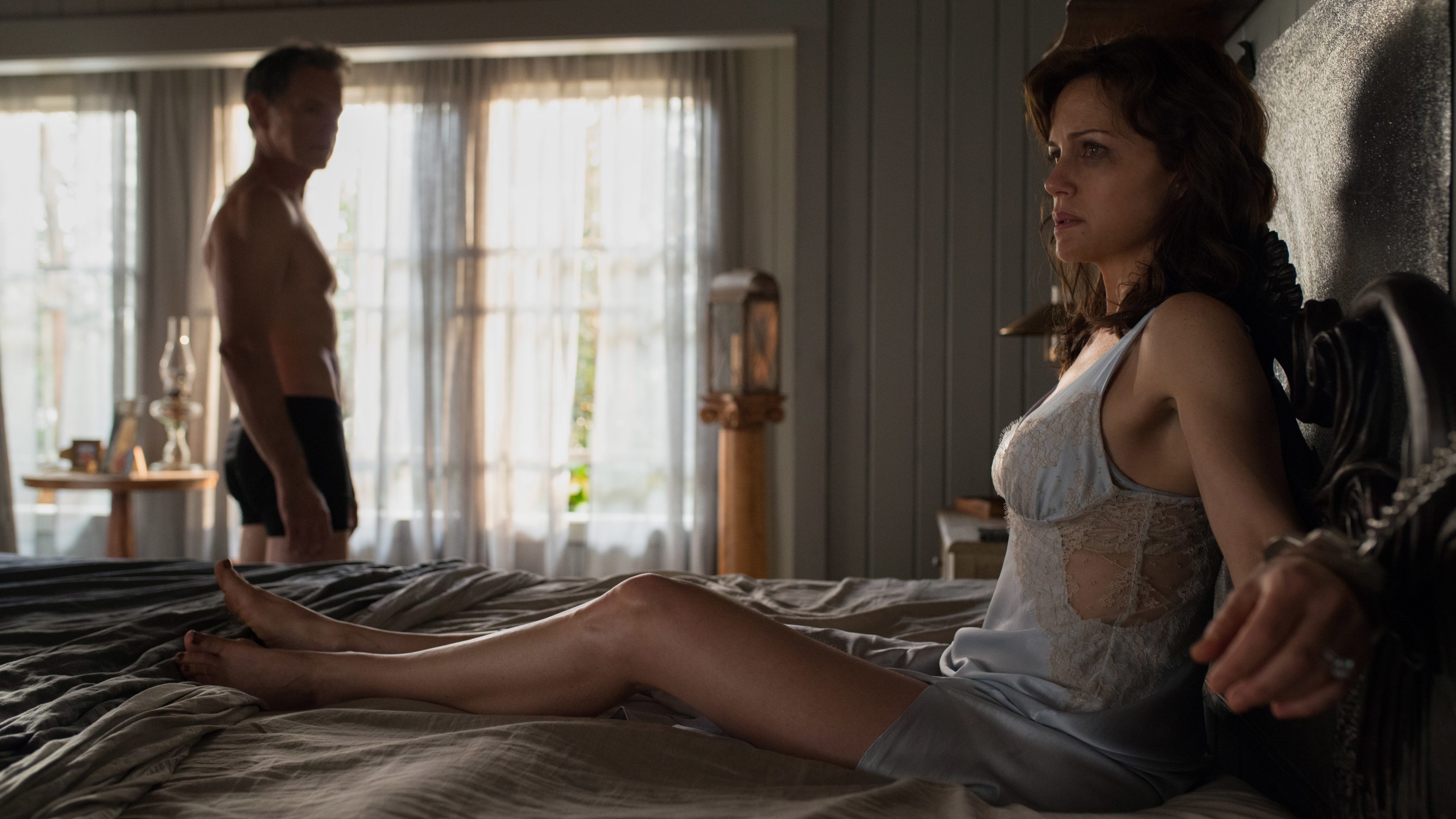
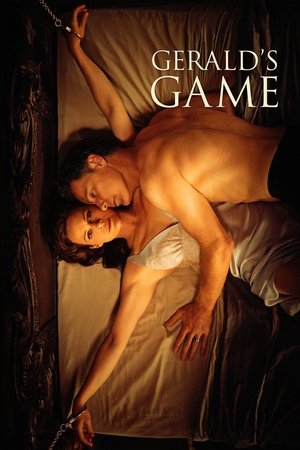
Gerald's Game
Some games you play. Some you survive.
2017 • 1h 44min • ★ 6.4/10 • United States of America
Directed by: Mike Flanagan
Cast: Carla Gugino, Bruce Greenwood, Henry Thomas, Chiara Aurelia, Kate Siegel
When her husband's sex game goes wrong, Jessie (who is handcuffed to a bed in a remote lake house) faces warped visions, dark secrets and a dire choice.
“Gerald’s Game” is a psychological horror film released in 2017. It is based on Stephen King’s 1992 novel of the same name. The film was directed by Mike Flanagan and adapted for the screen by Flanagan and Jeff Howard.
Synopsis: “Gerald’s Game” centers around the story of Jessie Burlingame and her husband, Gerald. The couple decides to spend a weekend in a remote lake house in an attempt to revitalize their troubled marriage. Gerald suggests a game involving handcuffs to spice things up. Reluctantly, Jessie agrees, but during the game, Gerald suddenly dies from a heart attack, leaving Jessie alone and trapped in the handcuffs.
As Jessie grapples with her desperate situation, she begins to experience hallucinations and confronts her traumatic past. With no one around to help, she must find a way to free herself while battling her inner demons and facing the threat of a real intruder lurking in the shadows.
Themes: “Gerald’s Game” explores themes of survival, trauma, and the power dynamics within relationships. It delves into Jessie’s struggle to free herself physically from the handcuffs while also confronting the emotional and psychological restraints that have haunted her throughout her life. The film examines themes of resilience, empowerment, and the endurance of the human spirit in the face of extreme adversity.
Reception: “Gerald’s Game” received positive reviews from critics, who praised its tense atmosphere, strong performances, and the way it handled the challenging source material. The film was applauded for its exploration of complex themes and its ability to maintain suspense despite its limited setting. It was also noted for its skillful adaptation of Stephen King’s novel, which was considered difficult to translate to the screen due to its predominantly internal narrative.
The film’s lead actress, Carla Gugino, received widespread acclaim for her compelling portrayal of Jessie Burlingame, capturing the character’s vulnerability, strength, and resilience. Mike Flanagan’s direction was also commended for his ability to create tension and deliver thought-provoking moments throughout the film.
Overall, “Gerald’s Game” is a gripping and psychologically intense horror film that successfully translates Stephen King’s novel into a suspenseful cinematic experience. It combines elements of horror, thriller, and psychological drama to explore the depths of human resilience and the lasting effects of trauma.
Hush (2016)
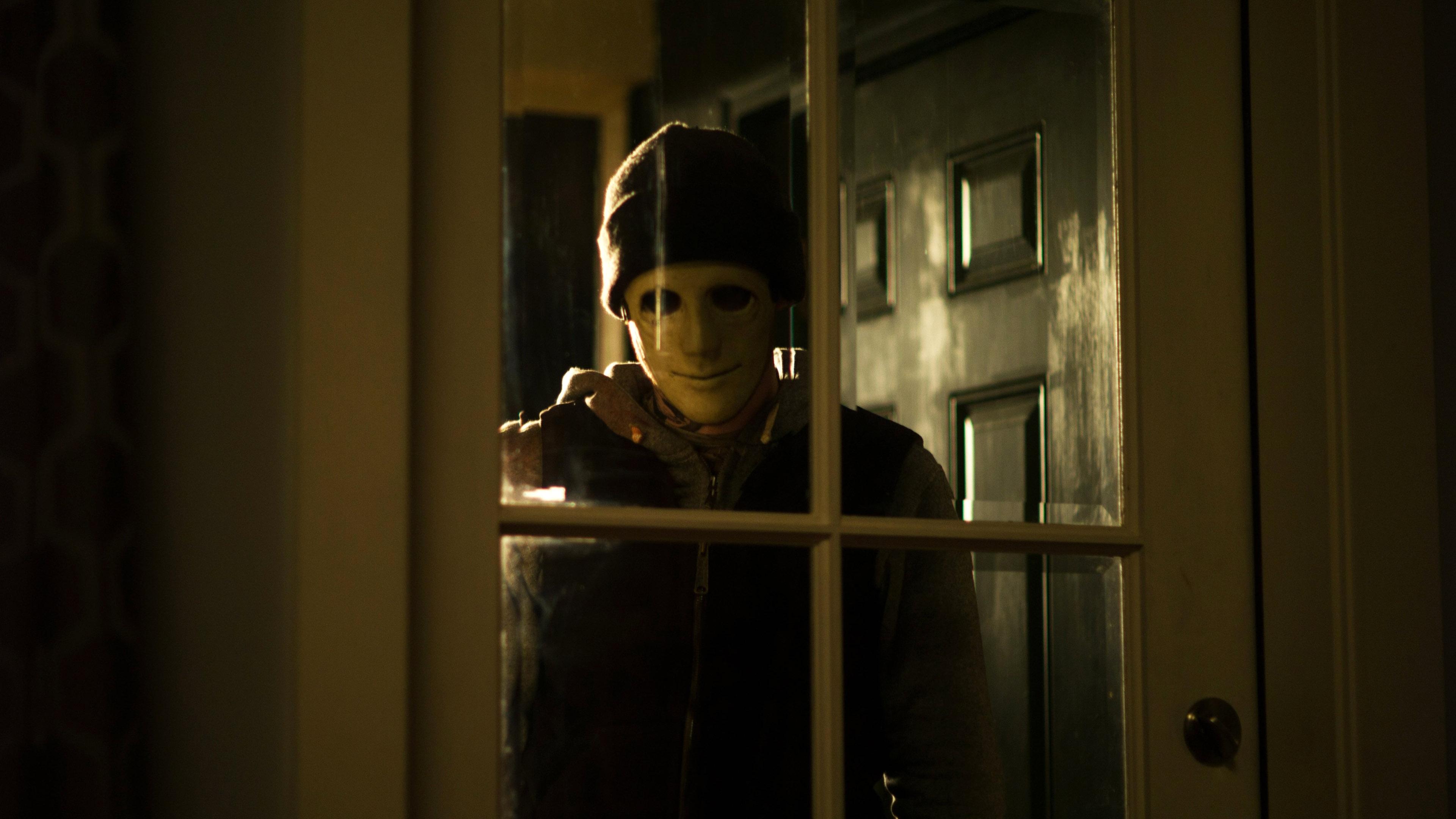
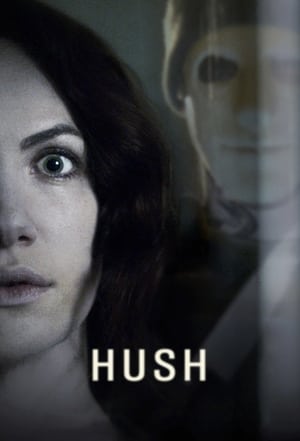
Hush
Silence can be killer.
2016 • 1h 22min • ★ 6.7/10 • United States of America
Directed by: Mike Flanagan
Cast: John Gallagher Jr., Kate Siegel, Michael Trucco, Samantha Sloyan, Emma Graves
A deaf woman is stalked by a psychotic killer in her secluded home.
“Hush” is a horror thriller film released in 2016. It was directed by Mike Flanagan and co-written by Flanagan and Kate Siegel, who also stars as the film’s protagonist. “Hush” received positive reviews for its innovative take on the home invasion subgenre.
Synopsis: “Hush” follows the story of Maddie Young, a deaf and mute author who lives alone in an isolated house in the woods. One night, a masked intruder, known only as “The Man,” appears at her window and begins terrorizing her. Maddie must use her wits and resourcefulness to outsmart the intruder and survive the night.
What sets “Hush” apart from other home invasion films is its unique perspective. Since Maddie is deaf, the film places the audience in her shoes by predominantly using silence and minimal dialogue to create tension and build suspense. The absence of sound adds to the film’s intensity and amplifies the vulnerability of the protagonist.
Themes: “Hush” explores themes of survival, resilience, and the human instinct to fight back in the face of danger. It examines the challenges faced by a disabled protagonist and showcases Maddie’s resourcefulness and determination to overcome her limitations. The film also delves into the psychology of both the attacker and the victim, highlighting their cat-and-mouse dynamic and the power dynamics at play during the home invasion.
Reception: “Hush” received positive reviews from critics, who praised its unique approach to the home invasion subgenre and its effective use of silence and suspense. The film was commended for its strong performances, particularly Kate Siegel’s portrayal of Maddie, which was lauded for its emotional depth and physicality.
Audiences appreciated the film’s gripping and tense atmosphere, as well as its ability to create a sense of claustrophobia within the isolated setting. “Hush” was regarded as a solid addition to the thriller genre, demonstrating Mike Flanagan’s skill as a director in delivering suspenseful and engaging narratives.
Overall, “Hush” is a suspenseful and innovative horror thriller that uses silence and a unique perspective to create tension and captivate its audience. With its strong performances and effective storytelling, the film offers a fresh take on the home invasion subgenre and provides an intense viewing experience for fans of suspenseful thrillers.
Apostle (2018)
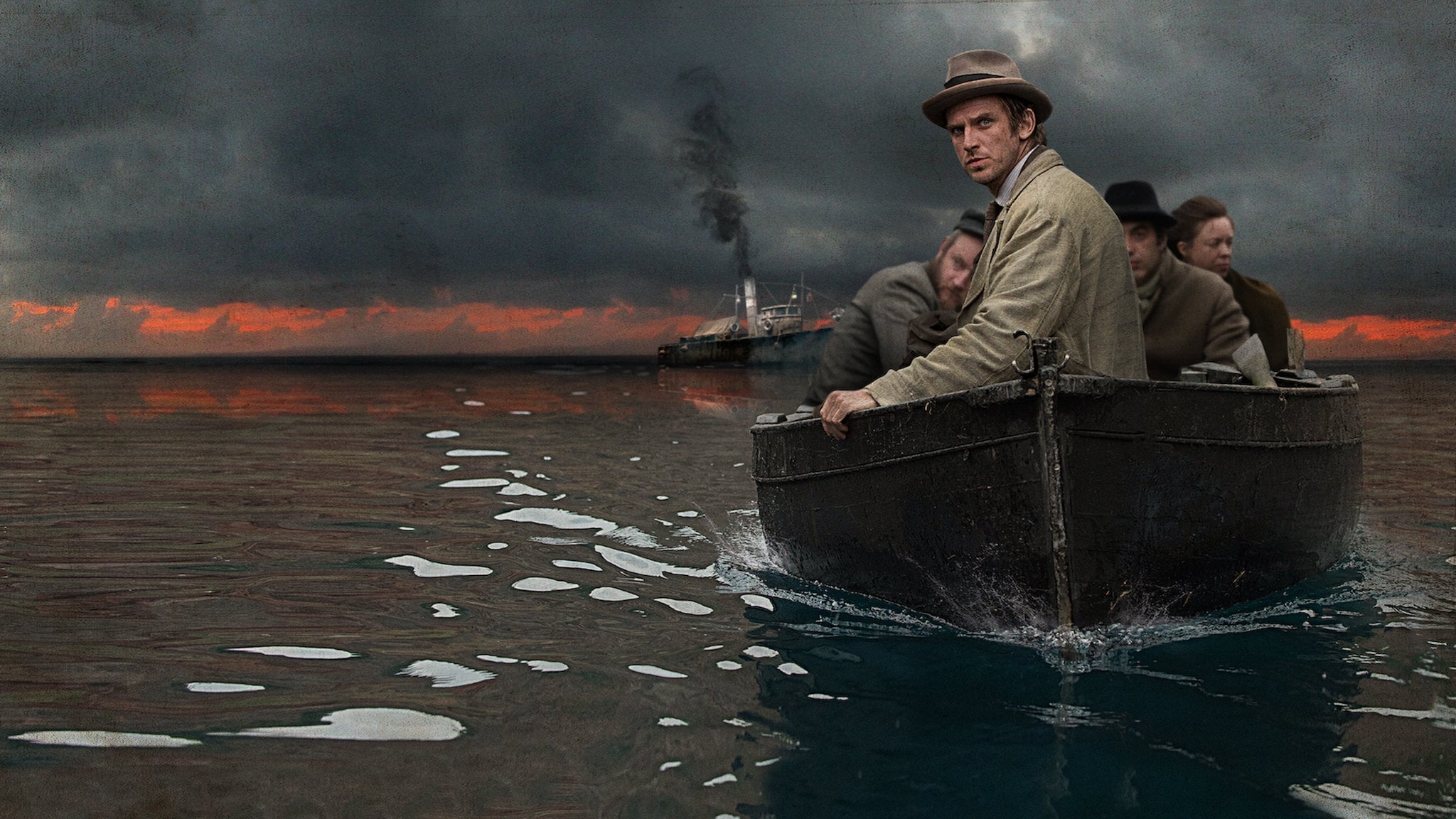
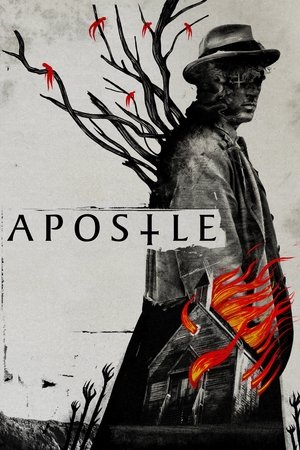
Apostle
Your god can't help you.
2018 • 2h 10min • ★ 6.111/10 • United States of America
Directed by: Gareth Evans
Cast: Dan Stevens, Michael Sheen, Lucy Boynton, Mark Lewis Jones, Bill Milner
In 1905, a man travels to a remote island in search of his missing sister who has been kidnapped by a mysterious religious cult.
“Apostle” is a period horror film released in 2018. It was written and directed by Gareth Evans, known for his work on action films like “The Raid” series. “Apostle” takes a departure from Evans’ previous works and explores a dark and atmospheric tale of religious cults and supernatural horror.
Synopsis: “Apostle” is set in 1905 and follows the story of Thomas Richardson, a troubled man who infiltrates a secluded island cult in order to rescue his kidnapped sister. The cult, led by the charismatic Prophet Malcolm, has established its own twisted and violent society based on religious fervor. As Thomas investigates the cult’s practices and attempts to free his sister, he uncovers dark secrets and encounters supernatural forces that defy explanation.
Themes: “Apostle” explores themes of religious fanaticism, the abuse of power, and the consequences of blind faith. The film delves into the manipulative tactics employed by cult leaders, as well as the oppressive and destructive nature of extreme religious beliefs. It also examines the corruption and cruelty that can arise when people become consumed by their own zealotry.
Reception: “Apostle” received generally positive reviews from critics, who praised its atmospheric setting, strong performances, and Gareth Evans’ direction. The film was noted for its slow-burn narrative, building tension as it explores the unsettling nature of the cult and the horrors lurking on the island.
Audiences appreciated the film’s dark and atmospheric visuals, as well as its unique take on the horror genre. “Apostle” was regarded as a thought-provoking and intense film that blended elements of horror, thriller, and mystery to create a disturbing and captivating viewing experience.
Overall, “Apostle” is a dark and atmospheric horror film that explores themes of religious extremism and the destructive power of blind faith. With its intense storytelling, strong performances, and striking visuals, the film offers a chilling and thought-provoking depiction of a sinister cult and the horrors that unfold within its confines.
The Ritual (2017)

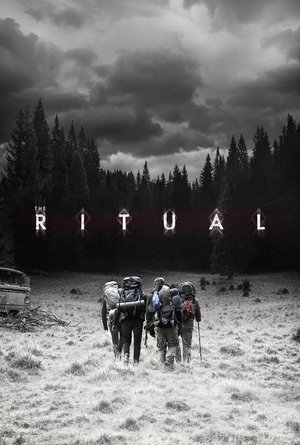
The Ritual
Your darkest dream awaits you.
2017 • 1h 34min • ★ 6.267/10 • Canada
Directed by: David Bruckner
Cast: Rafe Spall, Arsher Ali, Robert James-Collier, Sam Troughton, Paul Reid
A group of college friends reunite for a trip to the forest, but encounter a menacing presence in the woods that's stalking them.
“The Ritual” is a horror film released in 2017. Directed by David Bruckner and based on Adam Nevill’s novel of the same name, the film combines elements of psychological horror and folk horror to create a chilling and atmospheric narrative.
Synopsis: “The Ritual” follows a group of friends—Luke, Phil, Hutch, and Dom—who embark on a hiking trip in the Scandinavian wilderness to honor their late friend Robert. When Dom injures his knee, the group decides to take a shortcut through a dense forest. As they venture deeper into the woods, they find themselves plagued by eerie occurrences, unsettling symbols, and a menacing presence that haunts their every move.
As tensions rise and their sanity begins to unravel, the group realizes they are being hunted by an ancient and malevolent entity. They must confront their darkest fears and unravel the mystery of the forest if they are to survive.
Themes: “The Ritual” explores themes of guilt, trauma, and the primal fear of the unknown. It delves into the psychological effects of past trauma on the characters, particularly Luke, and how it manifests in their journey through the haunted forest. The film also explores the themes of ancient folklore and the power of belief, examining the rituals and traditions that shape the narrative.
Reception: “The Ritual” received generally positive reviews from critics, who praised its atmospheric tension, strong performances, and effective use of folk horror elements. The film was noted for its slow-burn approach, building suspense and unease as the characters confront their fears and face the malevolent force within the forest.
Audiences responded positively to “The Ritual” for its atmospheric cinematography, unsettling imagery, and its ability to create a sense of dread. The film was regarded as a refreshing addition to the horror genre, blending psychological terror with elements of folk mythology to create a unique and compelling narrative.
Overall, “The Ritual” is a chilling and atmospheric horror film that explores themes of guilt, trauma, and the supernatural. With its eerie setting, tense storytelling, and well-executed scares, the film provides a haunting and captivating viewing experience for fans of psychological and folk horror.
Train to Busan (2016)
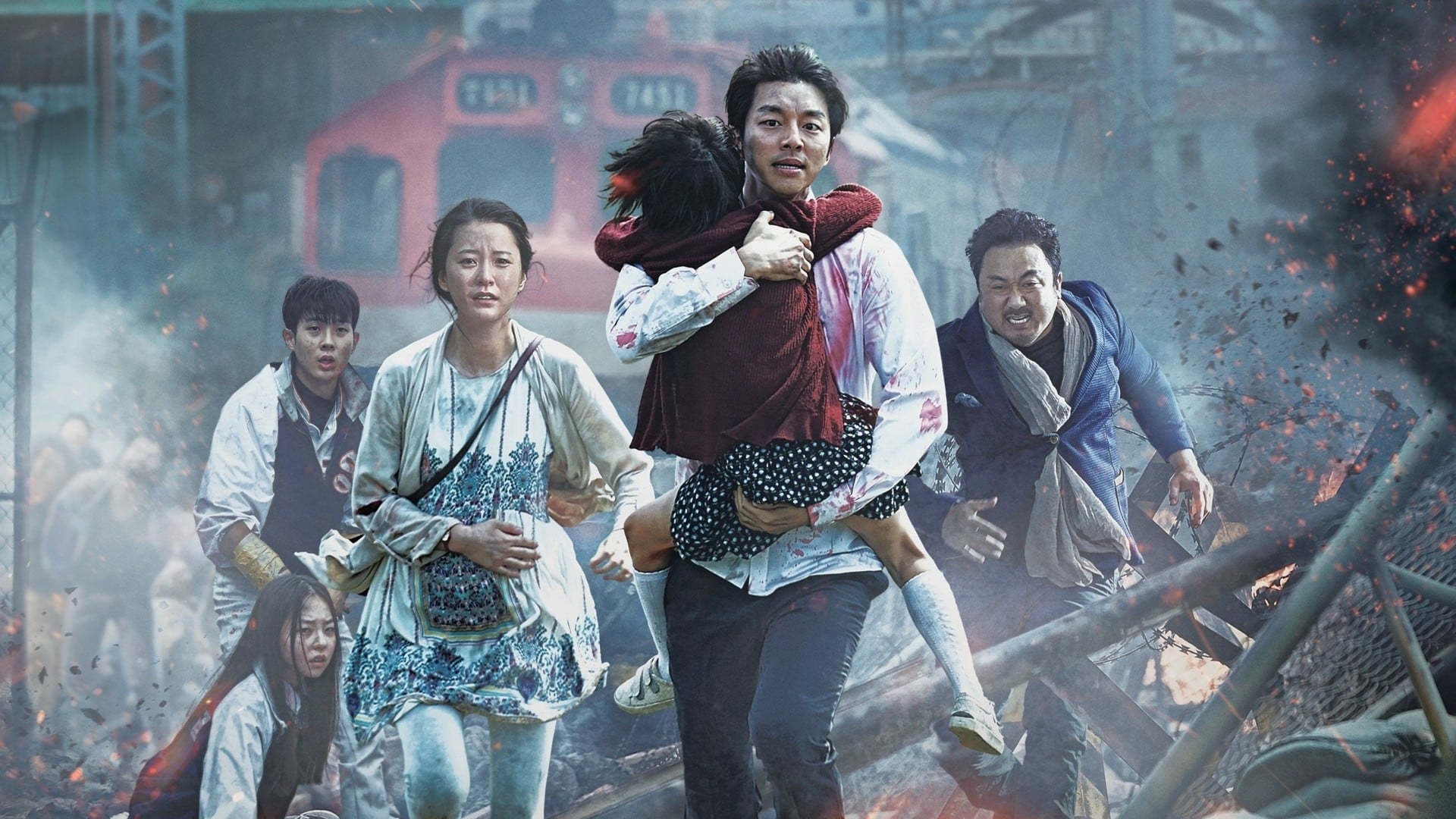

Train to Busan
Life-or-death survival begins.
2016 • 1h 58min • ★ 7.751/10 • South Korea
Directed by: Yeon Sang-ho
Cast: Gong Yoo, Kim Su-an, Jung Yu-mi, Don Lee, Choi Woo-shik
When a zombie virus pushes Korea into a state of emergency, those trapped on an express train to Busan must fight for their own survival.
“Train to Busan” is a South Korean zombie horror film released in 2016. Directed by Yeon Sang-ho, the film gained international acclaim for its intense action, emotional storytelling, and fresh take on the zombie genre.
Synopsis: “Train to Busan” takes place primarily on a high-speed train bound for the city of Busan in South Korea. Seok-woo, a workaholic fund manager, reluctantly agrees to accompany his young daughter, Soo-an, on the train to visit her mother. As the train departs, a zombie outbreak occurs, rapidly infecting passengers and turning them into flesh-eating monsters.
Seok-woo, Soo-an, and a group of surviving passengers must navigate through the compartments of the train, fighting off hordes of zombies and dealing with internal conflicts among the group. They strive to reach the safety of Busan, a city believed to be free of the infection. The film explores the characters’ struggles to protect their loved ones, make difficult sacrifices, and maintain their humanity in the face of overwhelming chaos.
Themes: “Train to Busan” explores themes of family, sacrifice, and survival in the midst of a catastrophic event. It delves into the dynamics between the various characters on the train, highlighting the lengths people will go to protect their loved ones and the moral dilemmas they face along the way. The film also comments on social issues such as class differences and selfishness versus selflessness in times of crisis.
Reception: “Train to Busan” received widespread critical acclaim both domestically and internationally. The film was praised for its intense and fast-paced action sequences, well-developed characters, and emotional depth. It was regarded as a refreshing addition to the zombie genre, injecting new life into familiar tropes with its strong storytelling and social commentary.
The film’s success led to international recognition for Korean cinema and further cemented the reputation of Yeon Sang-ho as a skilled filmmaker. “Train to Busan” also spawned a standalone sequel, “Train to Busan Presents: Peninsula,” released in 2020.
Overall, “Train to Busan” is an exhilarating and emotionally charged zombie horror film that offers thrilling action, well-drawn characters, and thought-provoking themes. Its engaging storytelling and intense sequences make it a must-watch for fans of the genre and a standout entry in the realm of international horror cinema.
It Comes at Night (2017)
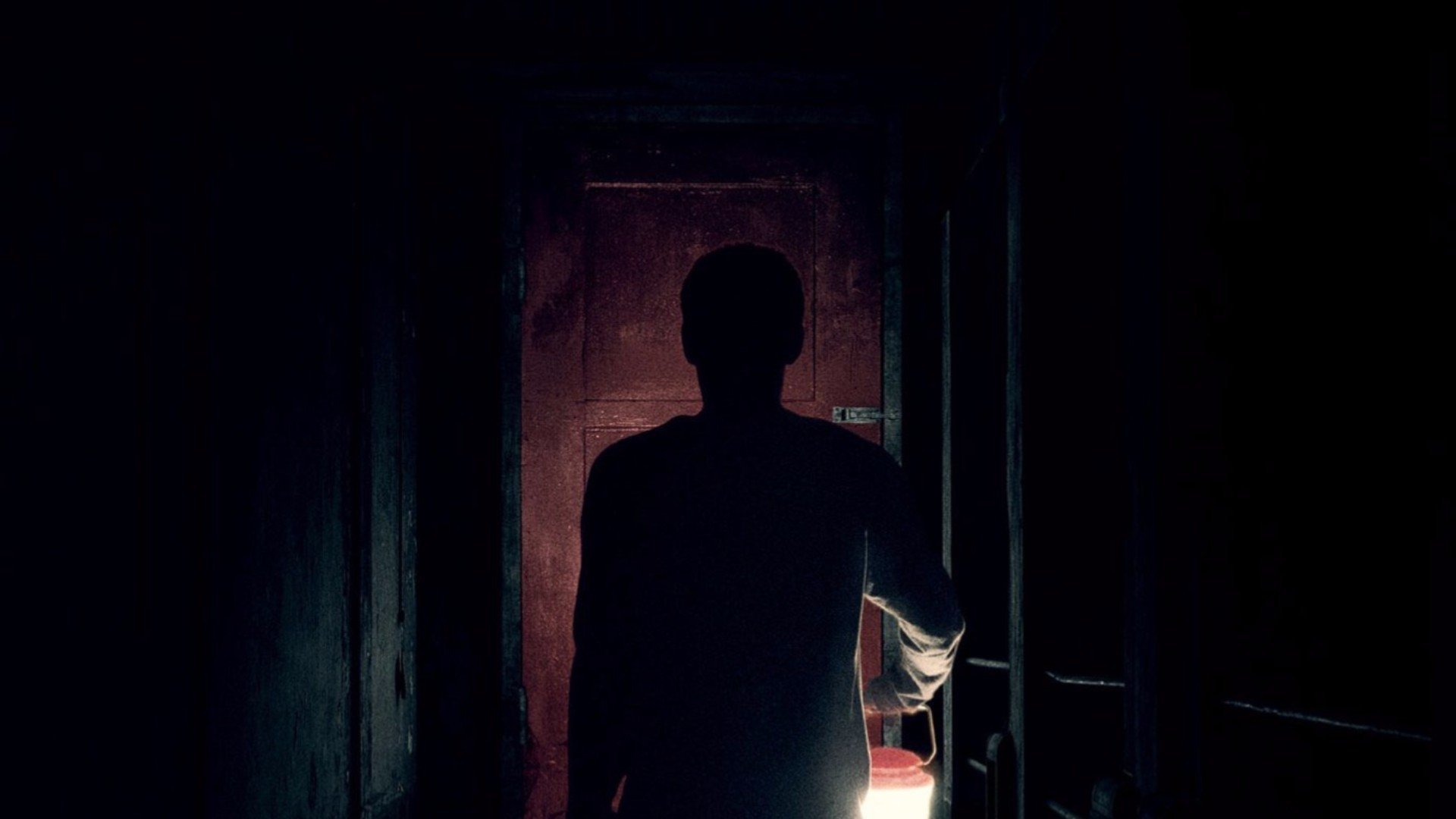
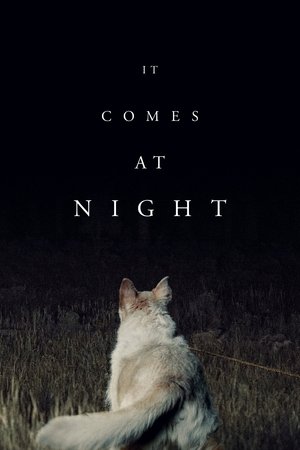
It Comes at Night
Fear turns men into monsters.
2017 • 1h 31min • ★ 5.862/10 • United States of America
Directed by: Trey Edward Shults
Cast: Joel Edgerton, Christopher Abbott, Carmen Ejogo, Riley Keough, Kelvin Harrison, Jr.
Secure within a desolate home as an unnatural threat terrorizes the world, a man has established a tenuous domestic order with his wife and son, but this will soon be put to test when a desperate young family arrives seeking refuge.
“It Comes at Night” is a psychological horror film released in 2017. Written and directed by Trey Edward Shults, the film delves into the themes of paranoia, fear, and survival in a post-apocalyptic world.
Synopsis: “It Comes at Night” is set in a world devastated by an unknown and highly contagious disease. The film centers around a small family—Paul, Sarah, and their teenage son, Travis—who live in isolation in a remote house deep in the woods. They have implemented strict rules and precautions to protect themselves from the outside world and the deadly disease.
When a desperate young family seeks refuge with them, Paul reluctantly agrees to let them stay under the condition that they follow the strict rules. As tensions and mistrust grow between the two families, paranoia takes hold, and the threat of the disease becomes secondary to the escalating internal conflict.
Themes: “It Comes at Night” explores themes of fear, mistrust, and the destructive nature of isolation. The film examines how extreme circumstances can erode trust and drive people to make desperate choices. It delves into the psychological toll of survival and the blurred lines between protecting one’s own family and the moral obligations toward others.
The film also touches upon the fear of the unknown and the idea that true horrors often lie within ourselves rather than external forces. It raises questions about the nature of humanity and the lengths people will go to when faced with the possibility of their own demise.
Reception: “It Comes at Night” received generally positive reviews from critics, who praised its atmospheric tension, thought-provoking themes, and strong performances. The film was noted for its slow-burn approach to horror, focusing more on psychological unease rather than overt scares. It was regarded as a character-driven and unsettling exploration of human nature in extreme circumstances.
Audiences had mixed reactions to the film, with some appreciating its atmospheric storytelling and others expecting a more traditional horror experience. The film’s ambiguity and lack of definitive answers divided viewers, as it left many questions unanswered and required interpretation.
Overall, “It Comes at Night” is a moody and introspective psychological horror film that challenges traditional genre conventions. With its emphasis on tension and human psychology, it offers a nuanced exploration of fear, mistrust, and survival in a post-apocalyptic world.
The Autopsy of Jane Doe (2016)
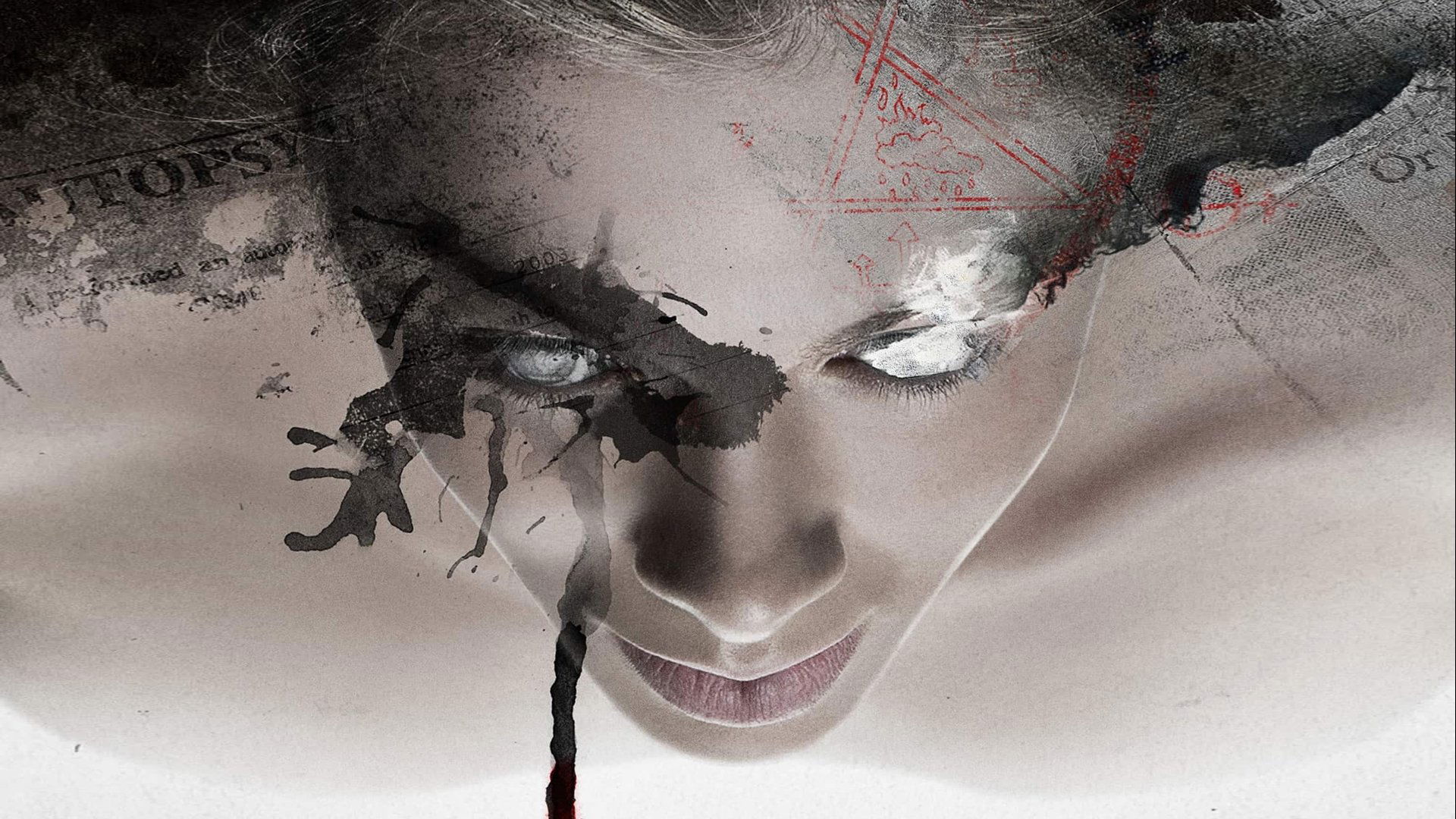
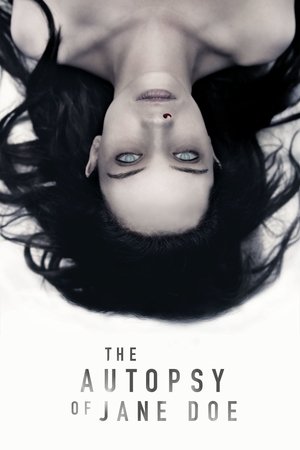
The Autopsy of Jane Doe
Every body has a secret.
2016 • 1h 26min • ★ 6.819/10 • United Kingdom
Directed by: André Øvredal
Cast: Emile Hirsch, Brian Cox, Ophelia Lovibond, Olwen Catherine Kelly, Michael McElhatton
Father and son coroners receive a mysterious unidentified corpse with no apparent cause of death. As they attempt to examine the "Jane Doe," they discover increasingly bizarre clues that hold the key to her terrifying secrets.
“The Autopsy of Jane Doe” is a supernatural horror film released in 2016. Directed by André Øvredal and written by Ian Goldberg and Richard Naing, the film explores the eerie events that unfold during an autopsy of an unidentified woman.
Synopsis: “The Autopsy of Jane Doe” primarily takes place in a small family-run morgue, where a father-son duo of coroners, Tommy and Austin Tilden, receive the body of an unknown young woman, Jane Doe. As they begin the autopsy, they discover increasingly bizarre and unsettling phenomena that defy scientific explanation.
As Tommy and Austin delve deeper into the examination, they uncover eerie clues hidden within Jane Doe’s body, leading them to confront their worst nightmares and unravel the dark mystery surrounding her death. With time running out and supernatural forces closing in, they must race against the clock to uncover the truth and survive the night.
Themes: “The Autopsy of Jane Doe” explores themes of the supernatural, death, and the unknown. It delves into the nature of fear and the psychological toll of encountering inexplicable phenomena. The film raises questions about the boundaries of science and the limitations of human understanding when confronted with the supernatural.
It also touches upon the theme of the generational passing of knowledge and the strained relationship between father and son. The autopsy becomes a catalyst for the Tilden family to confront their own unresolved issues and reconnect in the face of a terrifying ordeal.
Reception: “The Autopsy of Jane Doe” received generally positive reviews from critics, who praised its atmospheric tension, effective use of suspense, and strong performances, particularly from Brian Cox and Emile Hirsch as the father and son coroners. The film was commended for its clever blending of supernatural horror with elements of mystery and psychological thriller.
Audiences responded positively to the film’s atmospheric setting, well-crafted scares, and the gradual unraveling of the mystery. It was regarded as a tightly paced and engaging horror film that kept viewers on the edge of their seats.
Overall, “The Autopsy of Jane Doe” is a chilling and suspenseful supernatural horror film that skillfully combines mystery and psychological elements. With its atmospheric storytelling, strong performances, and eerie atmosphere, it offers a unique and captivating viewing experience for fans of the genre.
It’s important to note that Netflix’s library is constantly changing and new horror movies may have been added since my knowledge cut-off date.




